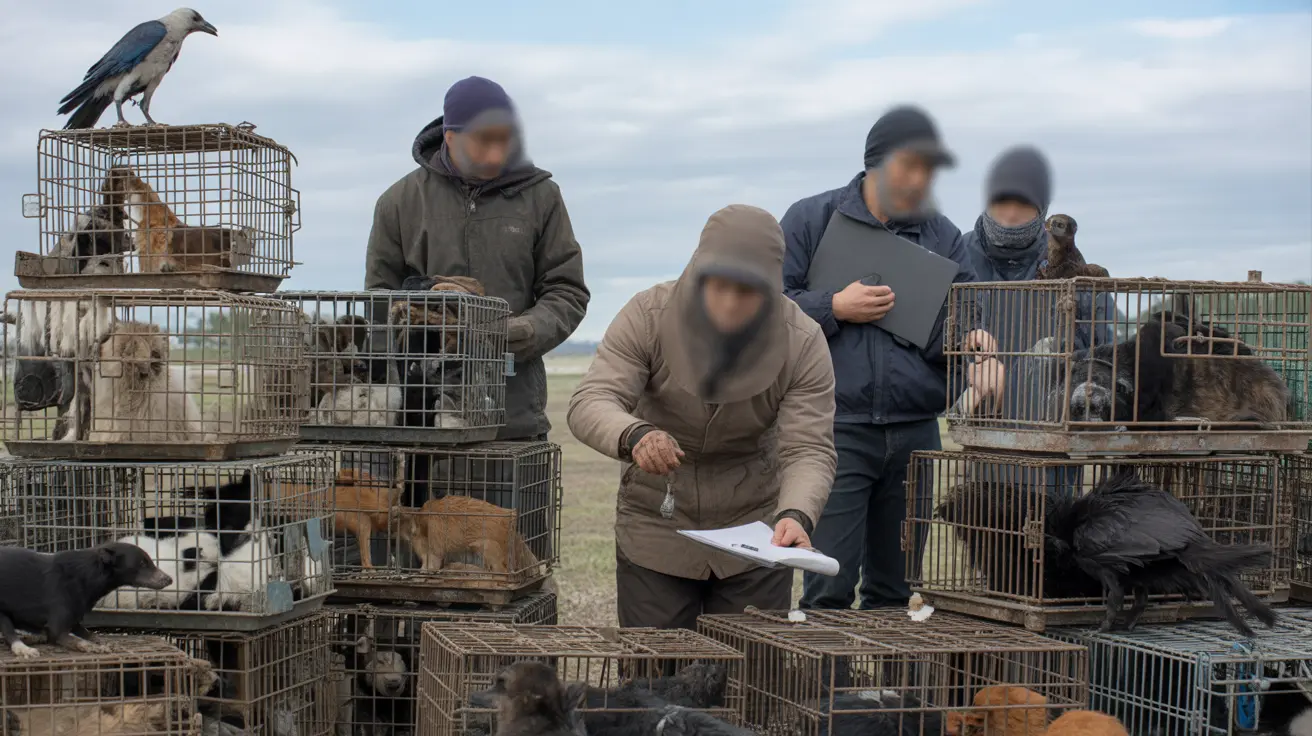A large-scale animal hoarding rescue operation in Northport, Long Island, has resulted in the safe evacuation of more than 200 animals and a 95-year-old woman from what authorities described as "extremely hazardous" living conditions. The intervention highlights the complex challenges that emerge when animal hoarding situations go unaddressed.
The rescue operation, conducted by Long Island authorities, revealed a severe case of multi-species animal hoarding that endangered both the animals' welfare and human health. The critical nature of the situation required immediate intervention to ensure the safety of all inhabitants.
Animal Welfare in Hoarding Cases
The Northport residence presented authorities with significant challenges typical of severe hoarding situations. The presence of over 200 animals in a single residential property created unsanitary conditions that posed serious risks to both animal and human occupants.
Health Risks in Hoarding Situations
Living conditions in hoarding environments typically involve:
- Compromised air quality
- Unsanitary living spaces
- Increased risk of disease transmission
- Limited access to proper nutrition and care
Large Scale Animal Rescue Operations
The successful rescue required careful coordination among multiple agencies to ensure the safety of both the animals and the elderly resident. Such operations demand specialized training and resources to handle various species while maintaining proper documentation and care protocols.
Care for Rescued Animals
When animals are removed from hoarding situations, they typically require:
- Immediate medical evaluation
- Species-appropriate housing
- Nutritional support
- Behavioral assessment
Mental Health and Hoarding Disorder
Animal hoarding often indicates underlying mental health concerns that require professional intervention. Understanding the complex nature of hoarding disorder is crucial for providing appropriate support and preventing future incidents.
Frequently Asked Questions
What are common signs of animal hoarding?
Warning signs include:
- An unusually high number of animals in a residence
- Deteriorating living conditions
- Strong animal-related odors from the property
- Reluctance to allow visitors inside
- Visible signs of animal neglect or property deterioration
How do authorities handle large-scale animal rescues?
Authorities typically follow a coordinated approach involving:
- Animal control officers
- Veterinary professionals
- Law enforcement
- Social services
- Animal welfare organizations
Each plays a specific role in ensuring both human and animal safety during the rescue operation.
What happens to animals after rescue from hoarding situations?
Rescued animals undergo:
- Medical evaluation and treatment
- Behavioral assessment
- Temporary sheltering
- Eventual placement with qualified adoption partners or sanctuaries
The goal is to rehabilitate and rehome these animals when possible.
Prevention and Reporting
Community awareness plays a vital role in preventing severe hoarding situations. Recognizing early warning signs and understanding appropriate reporting procedures can help authorities intervene before conditions become critical.
If you suspect an animal hoarding situation in your community, contact local animal welfare authorities or law enforcement. Early reporting can prevent suffering and ensure better outcomes for both animals and humans involved.
Remember, animal hoarding is a complex issue requiring compassion, professional intervention, and community support. By staying informed and alert, we can all contribute to preventing similar situations and protecting vulnerable animals and people in our communities.






